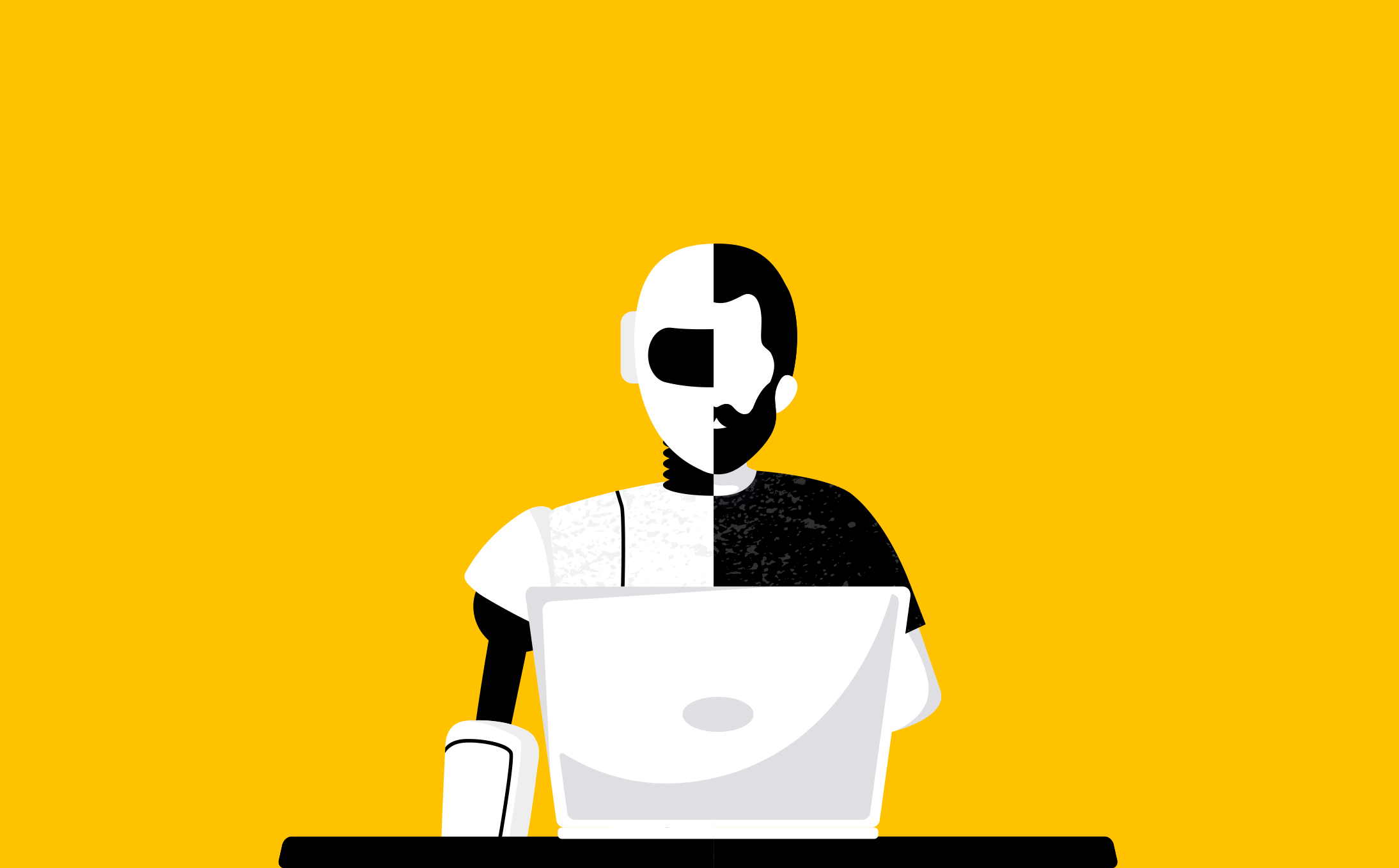
Does AI mean the end of the UX Designer?
“Doomed. We’re all doomed I tell you!”
“Oh that’s all we need! We’ve only just started to recover from Covid and now this comes along?!”
Tech advances wait for nothing and no one. They are also decidedly unsympathetic when it comes to the feelings of complacent incumbents and their entitled notions about what they do and don’t deserve.
The customer was, is and will forever be, the push behind business innovation. And so it seems fairly logical/inevitable that machine learning is now being leveraged to improve the digital user experience.
But as always when serious tech puts ticks in the customer’s plus column, there are some potential minuses floating about too. In this case it’s the old ‘threat to our jobs’ narrative.
Main stream media have long been feeding the masses the ‘robots are taking over’ story so it’s very easy to get distracted by their heavyweight (partially-informed, lazy) opinion.
As usual though, you have to delve a bit deeper to get a sense of what’s really going on and who the likely winners and losers will be as machine learning becomes a bigger part of our lives.
So, how will artificial intelligence help or hinder digital creatives?
Are AI, ML and UX OK?
It’s pretty clear that AI and UX make a logical and mutually beneficial couple. It’s kind of obvious that the huge growth in UX will have attracted the machine learning start-up folks to take a closer look at the sector with a view to how they can muscle in and improve it.
And right now, they’re very much making it easier for UX designers do their job quicker and with better results. If they are willing to embrace it, AI can cover a lot of the heavy lifting which allows the creative to focus on what they really do best. The thing that means most to the client at the end of the day. And that’s to use their talent.
AI can also find relevant images that fit your brand faster and quickly give options to UX designers so they won’t have to go through the hassle of choosing between thousands of pictures. Instead they can focus on the aspects of the experience that have the most impact – creating a compelling first impression through tone, message and feel on the home page. I don’t know about you but I’d rather have my team working on that than searching endlessly through Shutterstock for images of people ‘looking relaxed and confident in a modern workplace setting’. Yawn.
So laying the ground work – tick. Knowing some of the client’s and the designer’s preferences – tick. Doing the time intensive stuff, the hard yards – tick. These are some of the key ways AI can free up precious design time.
Good UX designers will know that they are not losing control. They’re also comfortable that they are not being replaced. The direction will still be of their choosing. The key decisions will also still be theirs. They’ll just have more time in which to make them.
The power of the C-word
No, the other one. Creativity.
This is still something only us mere mortals have the ability to produce – at a high level anyway. The nature of machine learning is that it is learning from the data we input and so ‘new’ designs will be based on what was done in the past. With degrees of difference? Sure. Uniquely breaking new ground? No, not really. If ingenious, custom creative, developed out of thin blue air to answer a tricky, multi-layered question is what’s required, you’re still going to need your old-fashioned carbon-based, Doc Marten wearing creatives for that.
Is this the start of UXit?
Probably best to look at recent history before answering this one. Did clever tech wipe out book-keepers? Did Spotify kill the musician? And what about poor old photographers – weren’t their skills supposed to be replaced by iPhones? Nope, even with the best Apple has to offer I still can’t shoot a professional, creative image as good as the photographers Sherry commissions.
So is there any reason to think AI will begin to push UX designers out of the industry? Probably not. Alot of smaller budget jobs might be automated more often in the future but the very highest levels of creative UX design will still require the human touch. Probably.
So why are we worrying?
The real question we need to be asking in all of this is do the majority of us in creativeland really know enough about AI yet to either be looking for alternative employment or working out ways to weave it more solidly into our future plans. The design industry loves to talk. But are we just talking about this particular subject to make ourselves look informed and on top of the current issues?
I think we’ll look back at 2023 and realise that were lucky to be alive at a time like this. Tech advances are revolutionising and enhancing things right in front of our eyes every day. The pace of change has never been quicker. Where AI is concerned we’ve only scratched the surface and there is so, so much more to come. And real quick too. But machine learning is not the enemy. It’s an amazing tool. A potent addition to allow us humans to perform at our creative best. It can help us. If we let it.





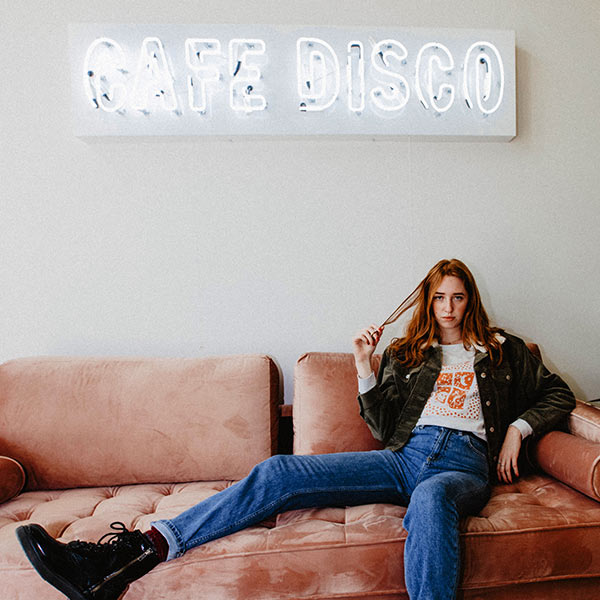

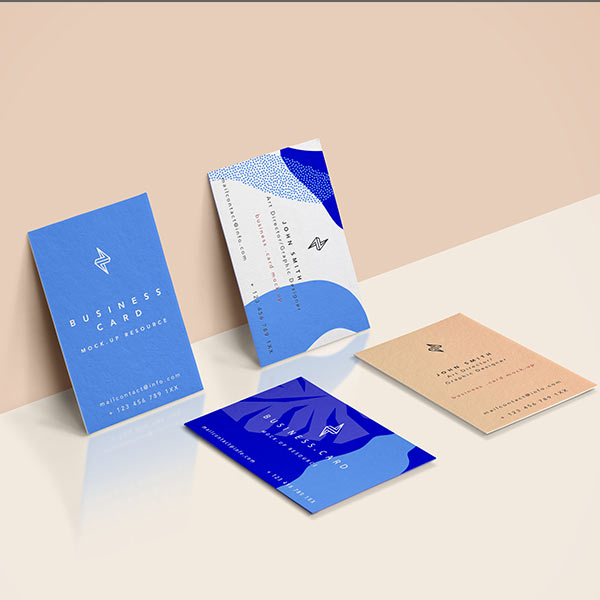
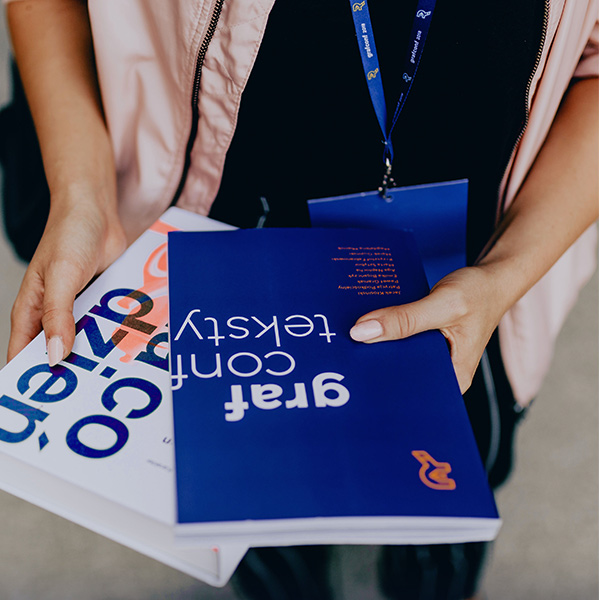
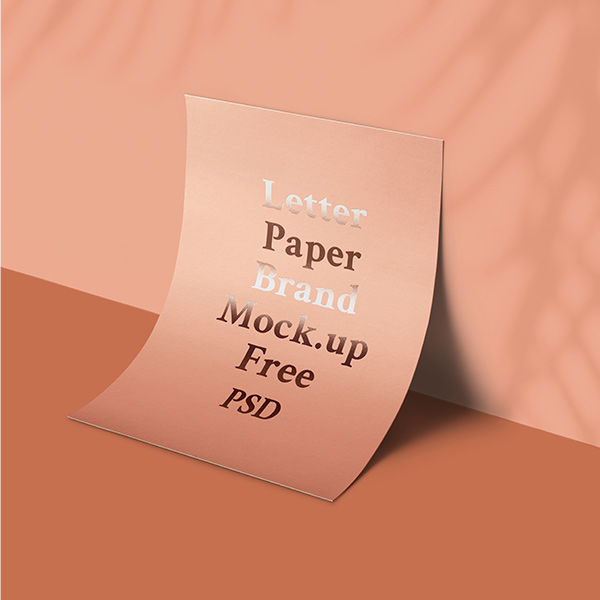
Leave a Reply